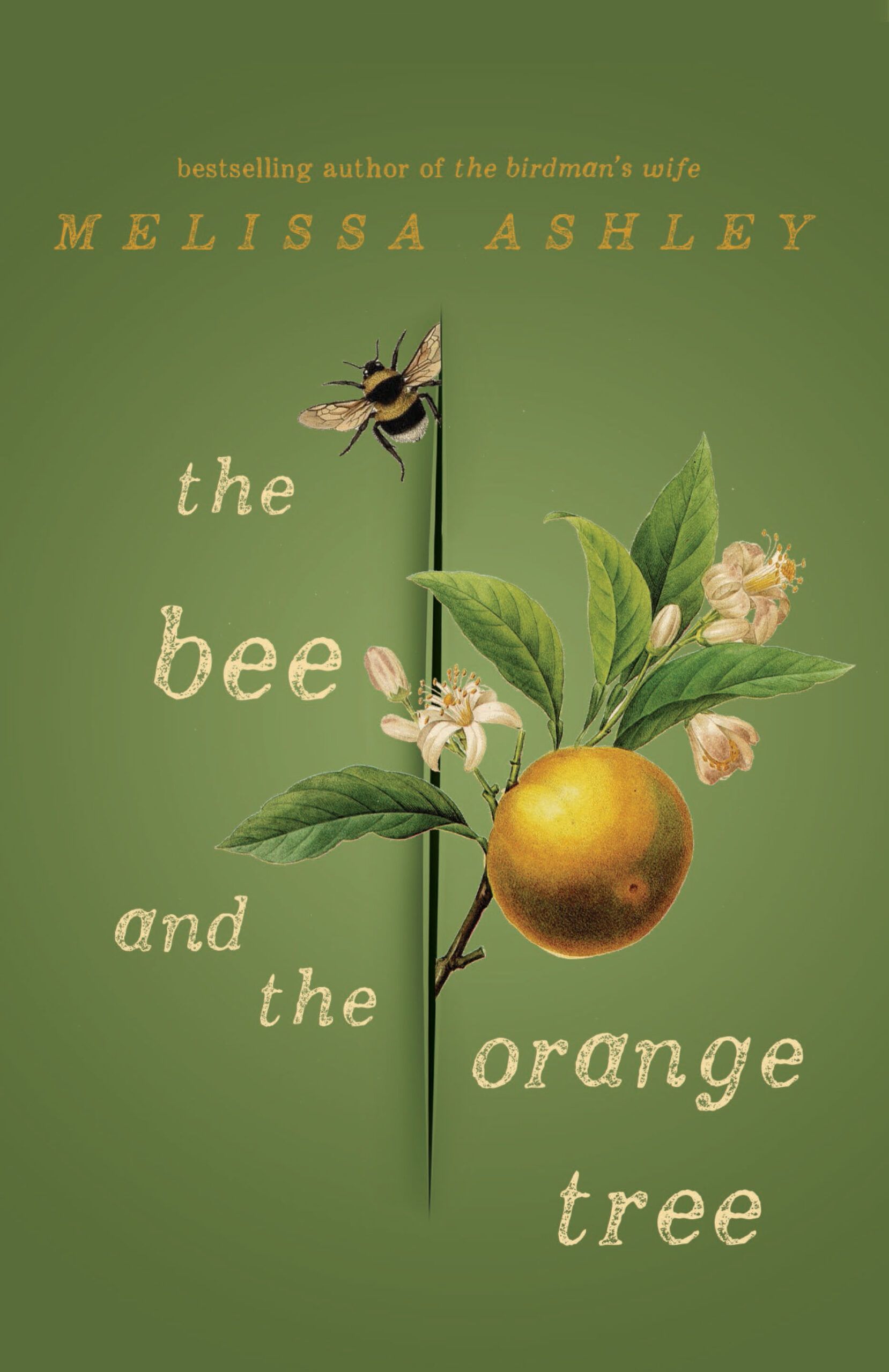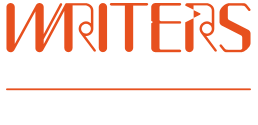
TM: Your second novel, ‘The Bee and the Orange Tree’, tells the tale of Marie Catherine and her battle for French women’s’ equality in 1699. How did you come across Marie Catherine and what inspired you to tell her story?
MA: I discovered Marie Catherine while researching another project, to write a contemporary fairy tale – but in a novel form – inspired by the Grimm Brothers’ fairy tale, The Girl Without Hands. I was studying at university, and I discovered the incredible field of fairy tale studies, and along with it, that there was a golden age of fairy tale writing in France, between 1690 and 1725, and that most of the fairy tales were written by women. Contrary to our beliefs that fairy tales originated in the 19th century by the Brothers Grimm, and were passed on by oral peasant storytellers, the genre was pretty much ‘invented’ in the 17th century, and the first fairy tales were written by individual authors. They are a literary genre, if you will.
I uncovered the extraordinary early life of Marie Catherine d’Aulnoy – she was married at just fifteen, to a man 30 years older than herself – and by 19 had given birth to 4 children, only 2 of whom survived. There is a gap in her historical record – following a scandal – but in 1690, at 40, she burst onto the Paris salon scene, a fully formed writer, and during the next ten years published thirteen books, including 26 original fairy tales. Marie Catherine published the very first fairy tale, in 1690, ‘The Isle of Happiness,’ within the pages of her first novel, and she also coined the term, ‘fairy tale.’
TM: When starting out, you would have had to decide whether to write a biography or a novelisation of Marie Catherine’s life. How do you choose between the two and what factors need to be taken into consideration?
MA: That is an easy question! Marie Catherine was a bestselling author during her life, she supported herself from her writing, and less than a year after being published in France, many of her works were translated into English (and other languages) and printed overseas. She was even pirated, and other authors tried to sign her name to their books! But, her reputation fell into oblivion about seventy years after her death. The growth of an industry of fairy tales for children in the 19th century contributed further to her being forgotten, with the Grimm Brothers discounting her fairy tales, and those of her female colleagues, believing them too embroidered, baroque and complex for the oral, peasant-delivered ‘folk tale’ they were interested in publishing. But the Grimms’ project was a bit of a myth, fairy tales were not directly traced from oral folklore, they were also written down, deliberately structured and constructed, they were original stories, authored by individual women.
Jump forward a few centuries and it was university academics, in France and the US in the late 20th century who began to publish and write about Marie Catherine, reviving her reputation, and creating great interest in her life and works. It is an easy question because I am a novelist at heart. While new details about Marie Catherine’s life might yet still be unearthed, as a writer of historical fiction, I’m interested in the imaginative, interior life she lived. I want to crawl inside the gaps and spaces and missing parts of her story, and imagine how she felt, what was it like to live that life, at this period in history, how did it feel, smell, look, taste and touch? I think the material details of place, texture, setting and so forth that are in a novel, are behind my impulse to share an individual like Marie Catherine’s story in this form, to bring to readers the exquisite and incredible details of what she had to do, the sacrifices she had to make, the alliances she needed to forge, how she survived, to become the incredible writer that she was. How was the great Marie Catherine d’Aulnoy created?
TM: The book is set more than 300 years ago and another hemisphere away. What were the greatest challenges in researching the time and place? What resources were most helpful to you?
MA: We live in a time of incredible digital egalitarianism. It’s possible, from one’s online study and laptop to travel into palaces, hotels, streets, museums, to discover, often in immense detail, information about places, people and times past. Many newspapers and magazines have been digitised and there is a lot of open access material available. Failing that, there are university and public library portals one can use. I think the online availability of digitised sources is the reason why I write historical fiction today, it would have been much more difficult twenty years ago, you needed expensive physical resources and institutions, behind you.
That said, travelling to Paris, and living in the Marais for three months on an Australia Council residency is the other significant reason that I was able to write this novel. Living in a very old and very well preserved part of Paris for an extended period enabled me to unconsciously absorb the city and its splendours – its history, its smells, the light, the colour of the sky, the trees, the river, its contemporary inhabitants and housing – into my mind and body. It gave me the confidence to write Paris as the setting of my novel. I could visit palaces that have interiors preserved from the time period I was researching, and map out the lay of the city, so to speak, travelling to the street where Marie Catherine used to live, and envisioning it several hundred years into the past.
It was very challenging writing that far back into the past. There were small details about the existence of various technologies that we take for granted today, that I had to continually check up. For instance, people didn’t have bathrooms, they bathed in the kitchen in a portable tub; literary salons were held in someone’s bedchamber, as they didn’t have the sort of living rooms we have in our homes today. But, to answer these queries, there are extraordinary historical books – Joan de Jean is one author – exploring the history of Paris in the 17th century – that I could consult for answers to any niggling questions about objects, habits and customs. A large part of my research involved looking into the history of what life was life for women at the time, and this was more challenging. But I eventually found an excellent resource in Wendy Gibson’s history of women’s lives in France in the 17th century. It can take a bit of ferreting and digging around, but there is much digital and print material available to help an author find the sort of information needed to write historical fiction, which in large part involves bringing a long-forgotten era back to life.
TM: Marie Catherine employs fairy tales as a weapon in the fight for equality. As children, we’re enthralled by fairy tales, but sadly as adults, we’re not encouraged as much to enjoy them. Can you tell a little about how Mary Catherine employed story to effect change?
MA: Marie Catherine’s fairy tales, and her novels and travel stories too, were concerned with questions of agency and freedom in women’s lives. The contuses or French female fairy tale writers invented fairy tales during this period, perhaps in order to very cunningly critique practices of the church, state and family unit that greatly restricted women’s lives. In France, it was not possible to be published without the support of the Royal Censor, who would not allow any critiquing of Louis XIV’s Ancien Regime. For that, writers needed to go to Amsterdam, which had a free press. But, the fairy tales of Marie Catherine, in their baroque detail, their hyperbole and pastoral, courtly and marvellous settings, circumvented such restraints, by disguising criticisms of a failing sovereign, of a corrupt church or the cruel, unfair practices of forcing women into arranged marriages by portraying these targets as animals, insects and magical creatures who resided in miniature, fantastical courts, basically a stand-in for the customs and conventions of the period.
Marie Catherine’s fairy tales were directed at adults, rather than children, and perhaps mostly they were written for fifteen-year-old girls, about to be married off. Time and again, they offered templates, if you will, archetypes of female heroines who were resourceful, crafty, cunning, kind, and intelligent, using all of their wiles and ways to adjust to and perhaps even subvert, a future in which at least materially, they had very little control. Marie Catherine’s heroines, through the arts of conversation and connection – very modern ideas I think – managed to find ways to cope with the constraints in their lives. They did this by forming meaningful relationships with significant people, kindred spirits perhaps. At heart, this is what Marie Catherine’s fairy tales were about, agency and being able to choose who you lived with and hung out with, who you loved, surely the most fundamental choice we ever make.
TM: As a professional researcher, what advice do you have for other authors looking to produce an authentic historical novel?
MA: I think number one is to be passionate about your topic, person, era, that is absolutely key. If you have a subject and time that you wish to research, there are so many wonderful online resources out there to explore. Make use of librarians, and other researchers or experts who might help you with difficult questions. If you can get away from your desk and into the ‘field’ or the setting of the place you wish to write about, do it as soon as you can in the writing process. Research on the page and in books is one side of the writing, but the emotional connection to the place and to the story or persons or event that you are hoping to write about, is by far the main energy or force to drive you through to produce a work. Don’t be afraid to ask the experts. Keep organised files! Good luck. Workshops are very helpful, and writers’ groups, too, for feedback and encouragement. Don’t be shy. Enjoy yourself, that’s so crucial. Follow the interest and sparks in your imagination as you go along, pay attention to what you find exciting; dive down in there and discover, invent and explore, as that’s where your reader will also be drawn.
About Melissa Ashley
Melissa Ashley is a writer, poet, birder and academic who tutors in poetry and creative writing at the University of Queensland. She has published a collection of poems, The Hospital for Dolls, short stories, essays and articles. What started out as research for a PhD dissertation on Elizabeth Gould became a labour of love and her first novel, The Birdman’s Wife, which has been printed in three formats and sold more than 30,000 copies since release. Melissa’s second novel, The Bee and the Orange Tree, will be published in November 2019 with Affirm Press.
